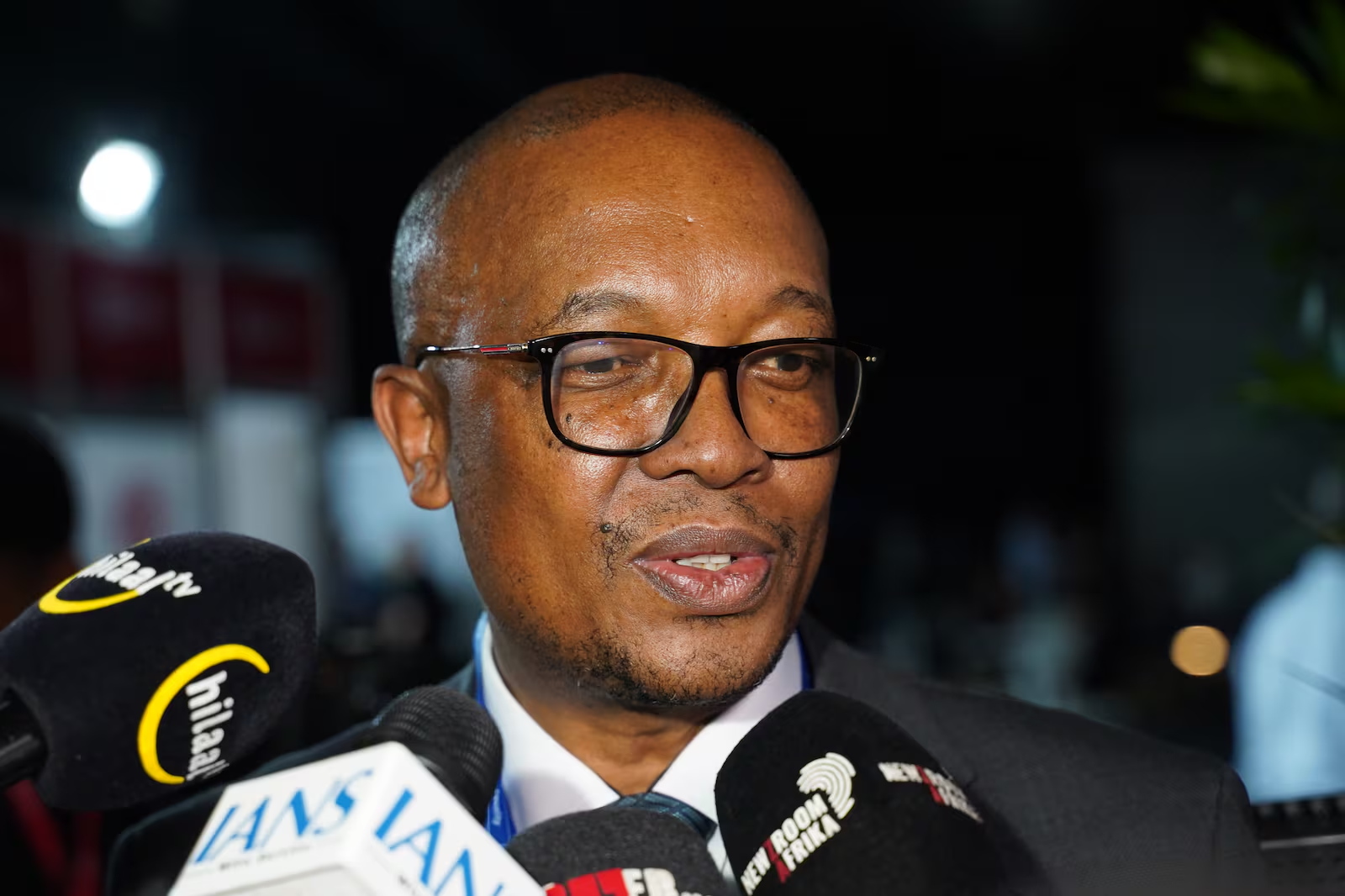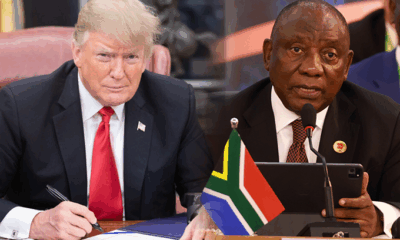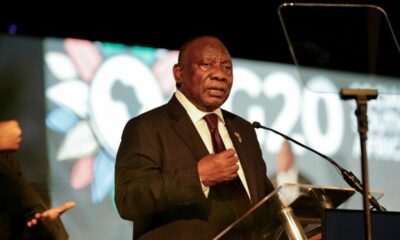Business
Ethiopia’s Bold Path with China and BRICS: Reimagining Development in the Global South
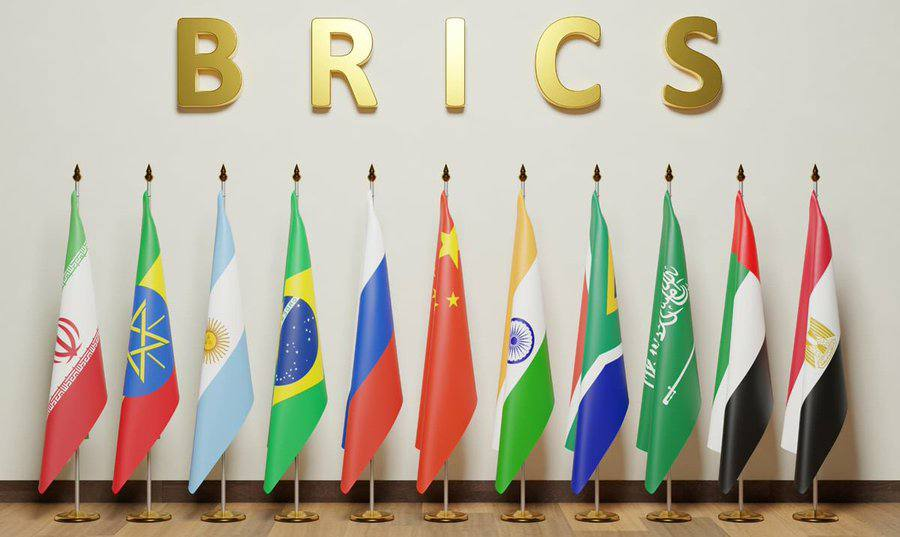
A quiet revolution is underway in the Horn of Africa, and Ethiopia is at its heart. The country, long regarded as one of Africa’s most historically rich and strategically important nations, is now emerging as a symbol of what’s possible when development is shaped by partnerships rooted in equality—not dependency.
Thanks to its growing collaboration with China through the Belt and Road Initiative (BRI) and its recent 2024 inclusion into the BRICS+ bloc, Ethiopia is stepping into a new role. It’s a role defined not by aid handouts or outdated economic prescriptions but by infrastructure-led growth, South-South cooperation, and a serious commitment to industrial transformation.
A New Story for the Global South
For years, global narratives around development in Africa have often been filtered through the lens of the Global North—focused on aid, debt, and underdevelopment. But BRICS, the group originally formed by Brazil, Russia, India, China, and South Africa, has flipped the script. It’s a space where developing nations can collaborate on their own terms and design systems that speak to their specific needs.
Ethiopia’s growing relationship with BRICS+ fits perfectly into this vision. Through partnerships like the BRI, the country is pursuing a model of development that values national sovereignty and avoids the tight fiscal strings attached to Western financial institutions.
Steel Tracks and Sovereign Choices
Perhaps the most visible sign of Ethiopia’s shift toward a self-directed path is the Addis Ababa–Djibouti Railway. Completed in 2016, this 750-kilometre electric railway connects Ethiopia to the Port of Djibouti, which handles more than 95% of the country’s trade. What used to take days now takes under 12 hours, and the benefits are obvious—faster trade, reduced costs, and the opening up of new economic zones.
Critics have labelled projects like this as “debt traps,” but Ethiopia’s experience tells a different story. When repayment pressures began to build, China responded not with threats, but with flexibility. In 2023, the two countries agreed on restructuring terms, showing that this was a partnership—one where Ethiopia retained agency and found solutions through dialogue, not austerity.
From Industrial Parks to Digital Highways
The BRI’s footprint in Ethiopia extends far beyond railroads. Chinese investment has also powered up industrial parks in places like Adama and Hawassa, creating jobs and linking the nation into global supply chains. The focus isn’t just on roads and factories—there’s a major push toward digital infrastructure and renewable energy, aligning with Ethiopia’s 10-year development plan.
This is where BRICS+ becomes even more relevant. The New Development Bank (NDB), the bloc’s own financial institution, is uniquely positioned to support such high-impact projects. Unlike the World Bank or IMF, the NDB was built by and for the Global South. It prioritizes sustainable development, community ownership, and long-term impact over quick returns.
Ethiopia as a Rising BRICS Powerhouse
Ethiopia’s growing stature isn’t just about the economy. It’s a diplomatic heavyweight too. Hosting the African Union’s headquarters in Addis Ababa gives Ethiopia a central role in shaping the continent’s future. With its BRICS+ membership, it now has access to a broader platform to advocate for African interests, contribute to new global norms, and amplify South-South solidarity.
As the world navigates instability, from climate change to geopolitical realignments, countries like Ethiopia are refusing to sit back and be shaped by others. They are choosing partnerships that allow them to define progress for themselves.
A New Development Era Is Here
The Ethiopia-China-BRICS alliance tells a powerful story. It’s about infrastructure not as a tool for control, but as a foundation for freedom. It’s about financial models that support people, not just markets. Most importantly, it’s about shifting the center of gravity in global development conversations—from old powerhouses to rising, resilient nations that know what they need.
Ethiopia isn’t just building railways or industrial zones. It’s building a new kind of future—one rooted in cooperation, sustainability, and self-determination.
Africa, It’s Time to Lead
As more Global South nations join BRICS+ and tap into collaborative initiatives like the Belt and Road, Ethiopia offers a blueprint worth watching. It proves that with the right partners, vision, and commitment, development can serve the people—not the other way around.
If you’re invested in the future of Africa, the Global South, or equitable development at large, keep your eyes on Ethiopia. The journey is only beginning, and it’s one worth supporting, studying, and replicating.
Business
Why Losing Afrikaner Farmers Could Hurt South Africa More Than Losing US Trade
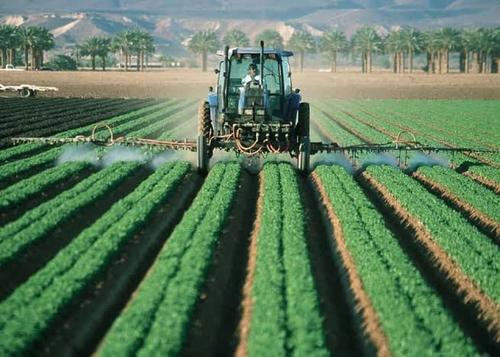
Sourced: X {https://x.com/twatterbaas/status/1850964152635781568}
When 49 white South Africans, identifying as farmers, quietly left for the United States claiming refugee status, many dismissed it as a political sideshow. But others saw something more troubling: a symptom of growing frustration within South Africa’s farming communities. Notably, this quiet exit happened during NAMPO 2025, South Africa’s biggest agricultural expo, a celebration of farming resilience and progress.
In Bothaville, while tractors hummed and grain innovations dazzled the crowds, the undercurrent of anxiety was unmistakable. The question was simple but loaded: What if more real farmers leave?
The Heartbeat of the Land
Agriculture isn’t just an industry. For rural South Africa, it’s the heartbeat of local economies, the lifeline of food security, and the keeper of cultural identity. Afrikaner farmers, for all the controversy that sometimes surrounds land ownership debates, are deeply woven into this agricultural fabric.
Losing them en masse wouldn’t just shrink export stats. It could hollow out the very infrastructure that keeps rural towns alive — from supply chains and equipment services to jobs and training hubs.
NAMPO: A Stage for Unity and Diplomacy
This year’s NAMPO event became more than a trade show. With visits from President Cyril Ramaphosa, Deputy President Paul Mashatile, and public figures like Minister John Steenhuisen and Dr. Annelie Lotriet, it morphed into a platform for reassurance. The message was loud and clear: South Africa is not a country of ethnic cleansing or Afrikaner persecution.
But unity on stage isn’t enough. While NAMPO offered hope, it also highlighted glaring gaps.
Beyond Agoa: The Bigger Picture
Much has been said about the possible exclusion of South Africa from the African Growth and Opportunity Act (Agoa). Yes, that would be a blow. The US buys a good chunk of our fruits, wines, and specialty foods. US companies also supply essential agricultural technologies that help our farmers stay globally competitive.
Still, the emigration of skilled Afrikaner farmers could be a far greater threat — not because of race or politics, but because of the irreplaceable experience, networks, and local know-how they hold.
A System in Need of Fixing
At NAMPO, beyond the handshakes and soundbites, serious concerns were whispered in private: transformation is still too slow. 90% of agricultural output reportedly comes from white farmers. That imbalance isn’t just unfair — it’s unstable.
Books like The Uncomfortable Truth About South Africa’s Agriculture by Wandile Sihlobo and Johann Kirsten shine a light on the divides among farming communities. Black emerging farmers face uphill battles: poor government support, lack of market access, crumbling rural infrastructure, and bureaucratic red tape that delays progress.
Until these barriers are broken down, unity will remain a slogan, not a strategy.
Keeping Farmers Rooted in SA Soil
It doesn’t have to be this way. Government and the private sector already have tools in hand — they just need to scale them up. Programmes like the Comprehensive Agricultural Support Programme, Metropolitan Collective Shapers, Karan Beef Emerging Farmer Academy, and HortFin by Fruit SA are making quiet progress. But these initiatives must go national.
What keeps a farmer rooted isn’t only patriotism. It’s stability. It’s knowing their farm has a future. With proper incentives, infrastructure, and meaningful inclusion, we can make sure those considering the US for “refuge” realize the real opportunity still lies at home.
A Call to the Soil
South Africa’s agricultural strength lies not just in its soil but in its people — all its people. The rainbow nation must rise again in the fields, not just in speeches.
If we want to stop a true farmer brain drain, we must act boldly. Let’s stop the quiet exits before they become a loud exodus.
Support South African agriculture. Whether you’re a policymaker, consumer, investor, or farmer, your voice matters. Push for inclusive reforms, back local food systems, and celebrate every farmer, big or small, who keeps South Africa fed. Let’s grow this land together.
{Source: IOL}
Follow Joburg ETC on Facebook, Twitter , TikTok and Instagram
For more News in Johannesburg, visit joburgetc.com

